Pisco Sour: a Toast to Perú
- October 2021
- By Cecilia Oblitas Reinhofer
- Recipe from Peru
-
- (1)
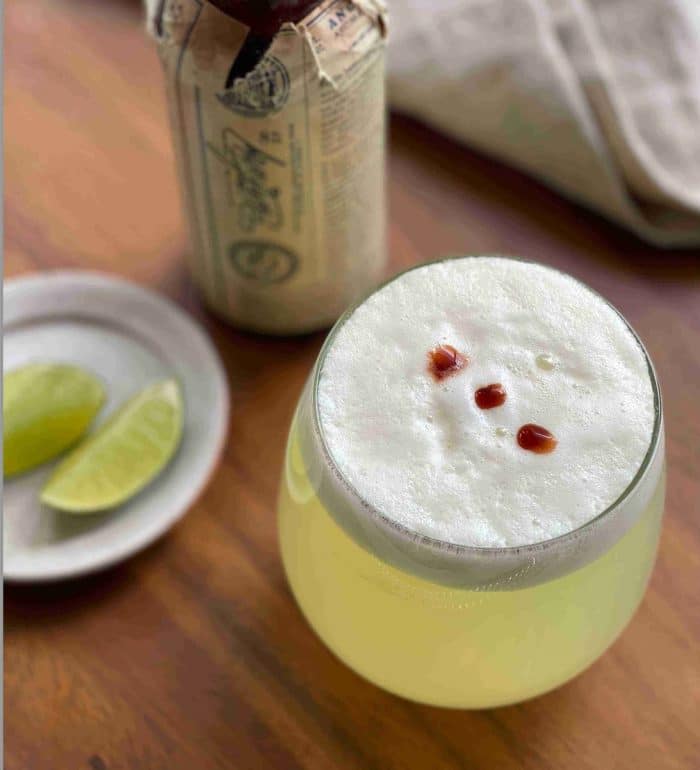
Light and refreshing, a pisco sour is the must-make bebida when Peruvians mark occasions—even if it’s just Friday night—and make a brindis to toast family and friends getting together.
Pisco is made from fermented, pressed grapes, but it is not a wine—it is a brandy and a hard liquor that is single-distilled to proof with alcohol content of 38% to 48%, by regulation. The term pisco is said to come from the Inca’s Quechua word for bird, according to some etymologists. Both Perú and Chile share rights to its appellation of origin, though the two countries distill their pisco differently.
Peruvians claim pisco as their own, proudly, and have cast the cocktail at the center of their culture. It is a must-have at celebrations. ”We serve it for Christmas when we do our brindis, whenever family gathers, for a special birthday, when friends come over. It’s festive,” explains one of our favorite Peruvian home cooks, Ceci Oblitas Reinhofer, who is from Lima, Peru and now lives in Illinois with her family.
When she serves a pisco sour to friends in the U.S. for the first time, they look at it strangely, often confusing the the drink with a Mexican margarita, she says. Both are pale yellow, but that’s about it, she tells them. Pisco and tequila are very different in taste.
Plus, a pisco sour has a beaten egg white in it, which makes this cocktail a sour, like its Colombian cousin, the aguardiente sour. ”And people say what? A cocktail with egg in it?” laughs Ceci. ”That’s when I have to start explaining.”
The other intriguing ingredient in this drink is Angustura bitters, placed on top of the egg foam. They help give the cocktail its distinctive look: three dots, says Ceci, but it’s mostly for decoration. ”They are a garnish on the egg white. Some people mix it in, others leave them on the foam and just drink through it. It doesn’t affect the taste, for me.” Ceci says she also likes to sprinkle a dash or two of ground cinnamon to her pisco sour topping.
”I love this drink because it is very light,” she says. Peruvians drink it with everything, she says: solo as a cocktail at home or at a bar, with a starter like ceviche, with a full-on dinner like this Peruvian family-famous recipe for lomo saltado, and even with dessert—try it with Ceci’s deep-violet mazamorra morada made from dried purple corn. ”We start with a pisco sour and keep going or move on from there,” to beer or wine. ”But we always start with pisco.”
Ceci makes sure she always has this Peruvian alcohol on hand. Pisco is available at most liquor stores in the U.S. and whenever she goes back home, she brings back a bottle or two to make sure she is stocked up.
When friends or family next come over or even if it’s just Friday night, Ceci is pisco ready to raise her glass and celebrate the moment, Peruvian style.
Ready to Make a Traditional Peruvian Pisco Sour?
Photo: Michelle Ezratty Murphy
MoreLike This

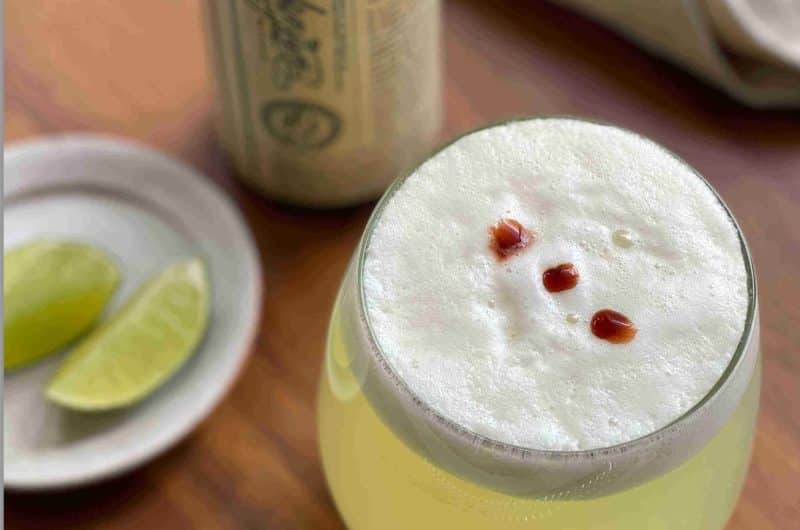
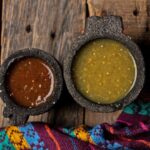
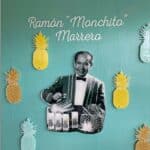



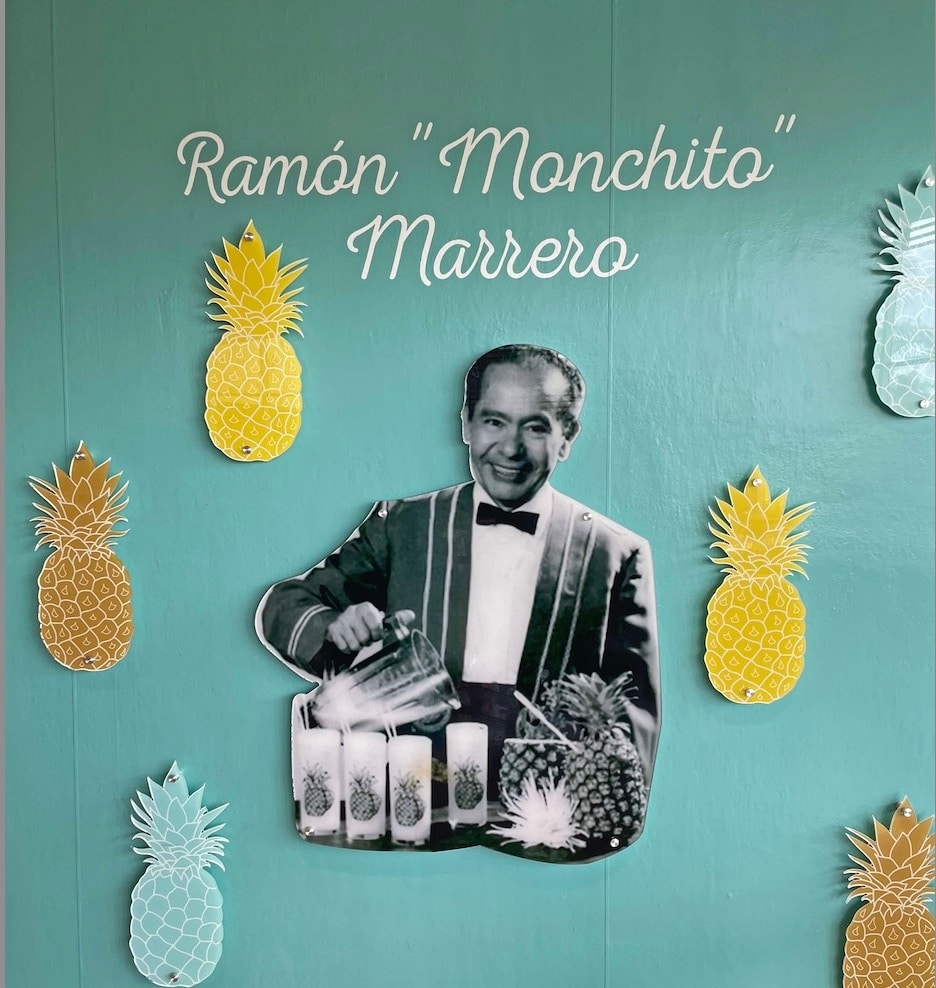
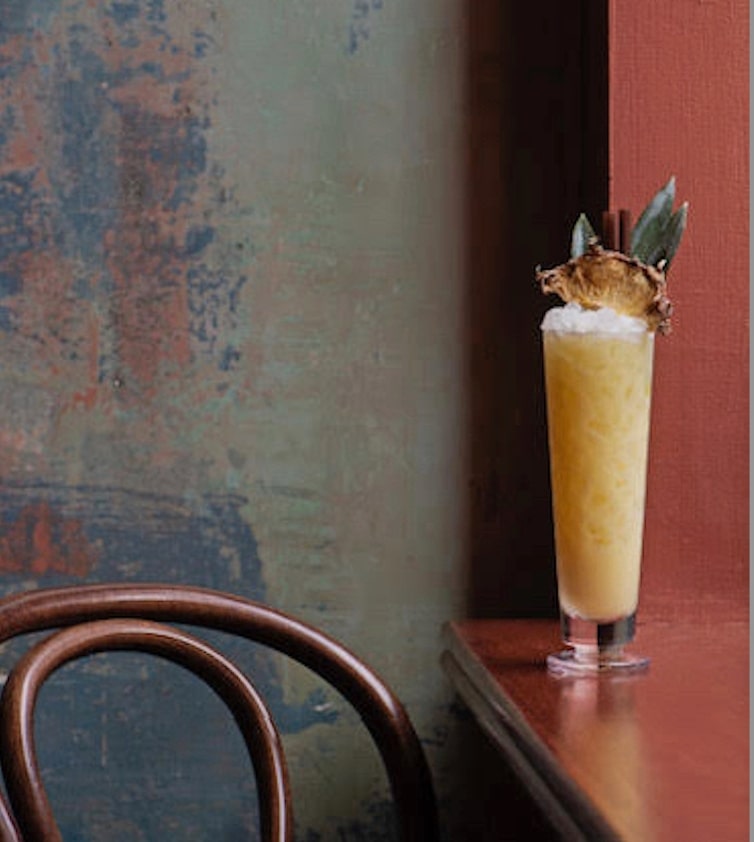
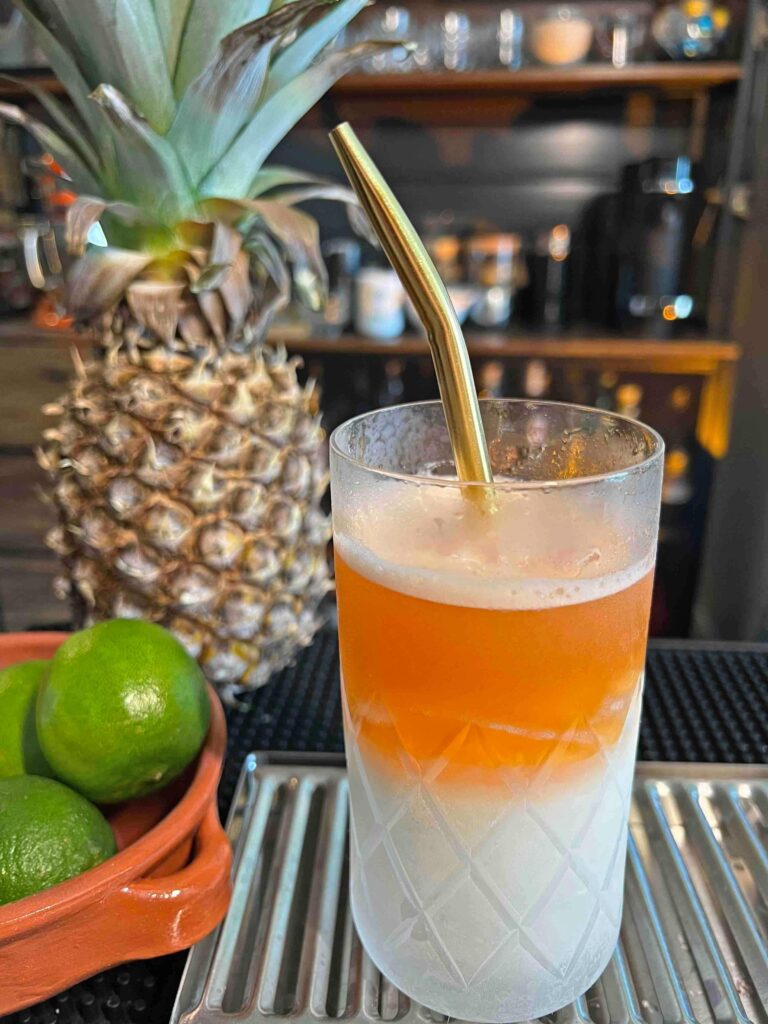
Got a question or suggestion?
Please rate this recipe and leave any tips, substitutions, or Qs you have!